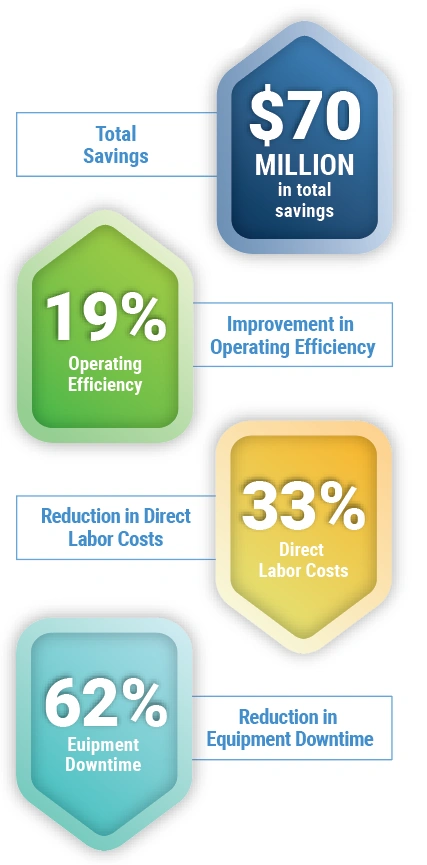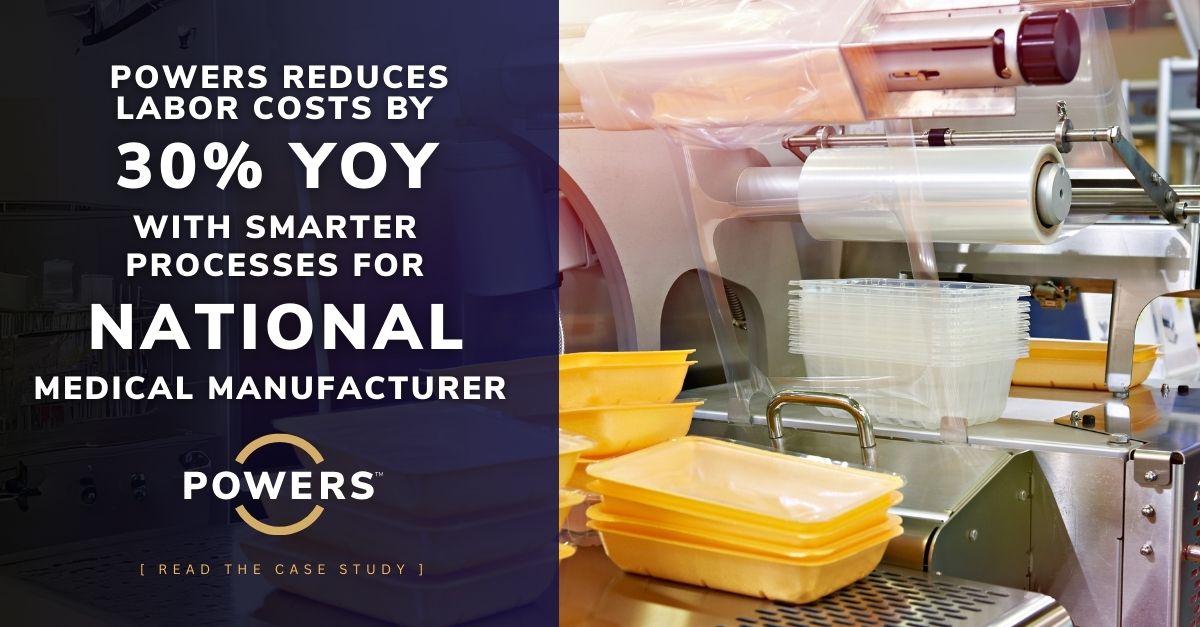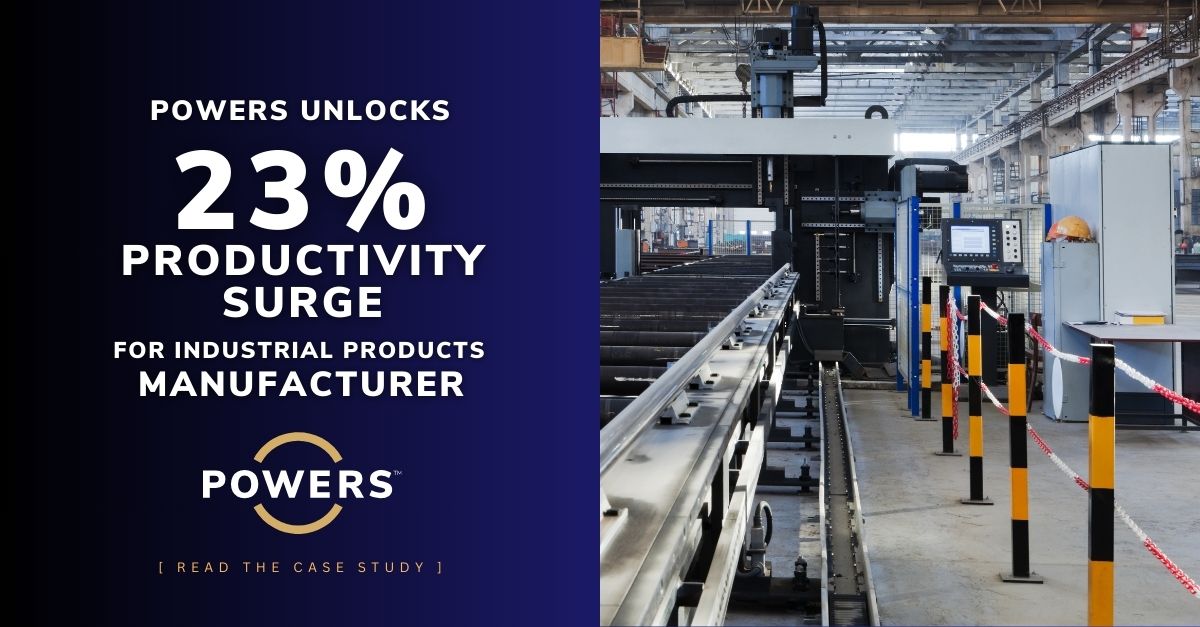

Project Overview
Overview
A major division of a U.S.-based global food manufacturer, specializing in ready-to-eat meats, hams, and poultry, was under pressure to improve financial performance across several production lines. With rising labor costs, unpredictable yields, and ongoing maintenance issues, their team needed help fast. Product quality was non-negotiable, but inefficiencies in day-to-day operations were driving up costs and holding back throughput.
Leaders knew they couldn’t fix these problems by simply pushing harder. They needed a structured approach, one that could drive consistent execution on the floor and eliminate the bottlenecks caused by planning gaps, rework, and avoidable downtime.
That’s where POWERS came in.
The Challenges
The operation faced several persistent issues that were dragging down performance:
- Excessive labor and maintenance costs – Overstaffing in some areas and poor asset reliability were bleeding cash
- Product giveaway – Lacking the controls needed to tighten yield, product was being lost before it could be sold.

Performance Results

Read the Full Case Study Here
- Planning and scheduling misalignment – Without clear coordination between production, supply chain, and customer demand, the plant was constantly shifting gears, creating inefficiencies and delays.
- Low yield – Small errors in processing added up to major losses across daily production runs.
- No consistent management system – Frontline supervisors were working hard but lacked structure, performance visibility, and the tools to lead effectively.
- High downtime – Equipment failures and reactive maintenance were interrupting flow and pushing production off schedule.
The leadership team understood what was broken, but without a clear roadmap and external horsepower to get moving, improvement was stalled.
What POWERS Delivered
POWERS deployed a focused engagement team to work directly with plant leadership, frontline supervisors, and operators. The goal was to help the team take back control of daily operations, tighten execution, and build in the structure and discipline that had been missing.
Here’s how we tackled it:
- Daily schedule controls were put in place to keep managers engaged on the floor, tracking real-time performance, responding to breakdowns, and making fast adjustments where needed.
- On-the-floor coaching helped managers learn how to evaluate tasks, identify inefficiencies, and lead more effectively. Instead of guessing how long jobs should take, supervisors were trained to assess work based on real data and observations.
- Weekly operating reports were introduced to close the loop, ensuring issues didn’t get lost in the shuffle and progress was being tracked over time.
- New quality-focused metrics helped align teams on the right goals, from reducing giveaway to increasing first-pass yield and minimizing rework.
- Tighter alignment between staffing and volume demands prevented over- or under-manning, particularly during start-up, shift transitions, and cleanup cycles.
- Leadership development was baked into the process, not classroom theory, but hands-on guidance that showed supervisors how to drive accountability and improve shift-level follow-through.
Everything was focused on practical execution: what needed to happen, when, and by whom.
Results That Stick
With stronger routines and clearer leadership at every level, the operation quickly began to perform at a higher level. And the gains weren’t just one-time improvements, they were sustainable.
Here’s what the team achieved:
- $70 million in total savings, driven by lower waste, better labor control, and smarter use of resources
- 15–19% improvement in operating efficiency – more output, fewer stoppages
- 27–33% reduction in direct labor costs – without sacrificing throughput or quality
- 62% reduction in equipment downtime – thanks to proactive floor leadership and scheduling improvements
- 4% drop in overhead – achieved by aligning support functions with true production needs
- 2% increase in yield – through better controls and reduced giveaway
These were not just metrics on a report, they translated into faster cycles, better customer responsiveness, and stronger margins.
What This Means
By focusing on management execution, not theory or expensive tech, POWERS helped this manufacturer transform their shop floor. The tools and systems put in place made it easier for supervisors to lead, easier for operators to hit their targets, and easier for leadership to sustain progress.
The company didn’t need more people or more capital, they needed better performance from the resources they already had. And with POWERS, they got it.





